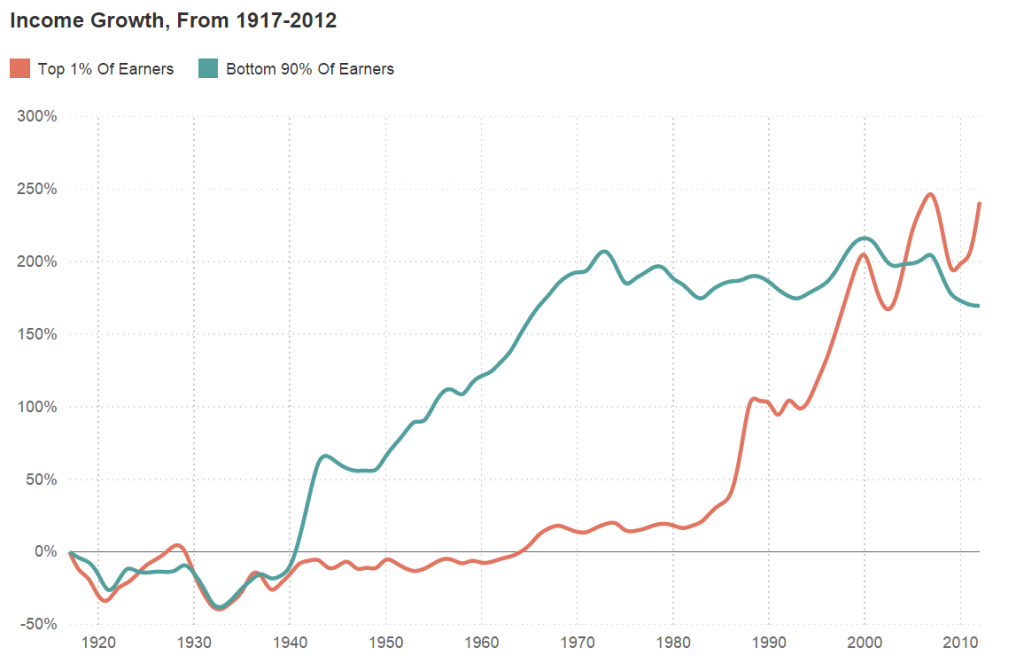Every year, as college graduation draws near, assessments of the job market get personal. Soon-to-be graduates compare their prospects and offers (or lack thereof) to those of their peers. Parents and other relatives start (or stop) worrying about whether their kids may move back home or need other forms of continuing support. On the one hand, the number of jobs has increased notably, if fitfully, in recent years, which should up the odds of a grad finding work. On the other hand, pay has long been flat, even for college grads, so entry level wages, on average, will likely be no better than they were for grads from 15 years ago.The graph in this report shows the average hourly wages of young workers, by education.The average for college grads, $17.94, works out to about $36,000 a year.
 Unfortunately, there’s nothing in any economic data to indicate an upturn in wages anytime soon. The employment record for April, released last week by the Labor Department, showed persistent wage stagnation and even indicated a slowdown in job growth this year from the pace set in 2014
Unfortunately, there’s nothing in any economic data to indicate an upturn in wages anytime soon. The employment record for April, released last week by the Labor Department, showed persistent wage stagnation and even indicated a slowdown in job growth this year from the pace set in 2014
http://www.epi.org/blog/what-to-watch-on-jobs-day-looking-for-a-pickup-in-job-growth-signs-of-wage-growth-and-a-glimpse-at-the-future-for-the-graduating-class-of-2015/





